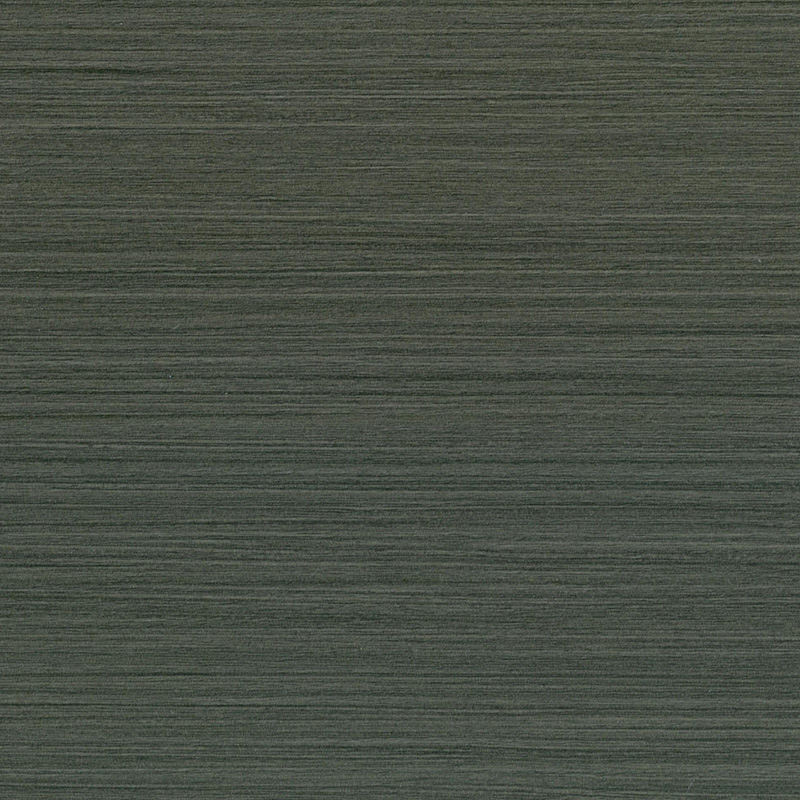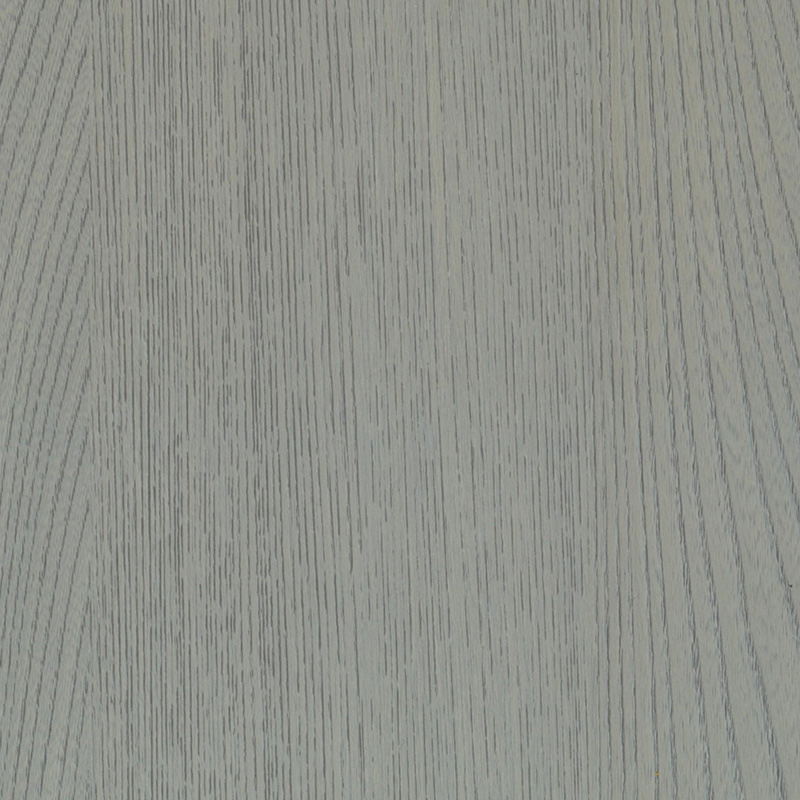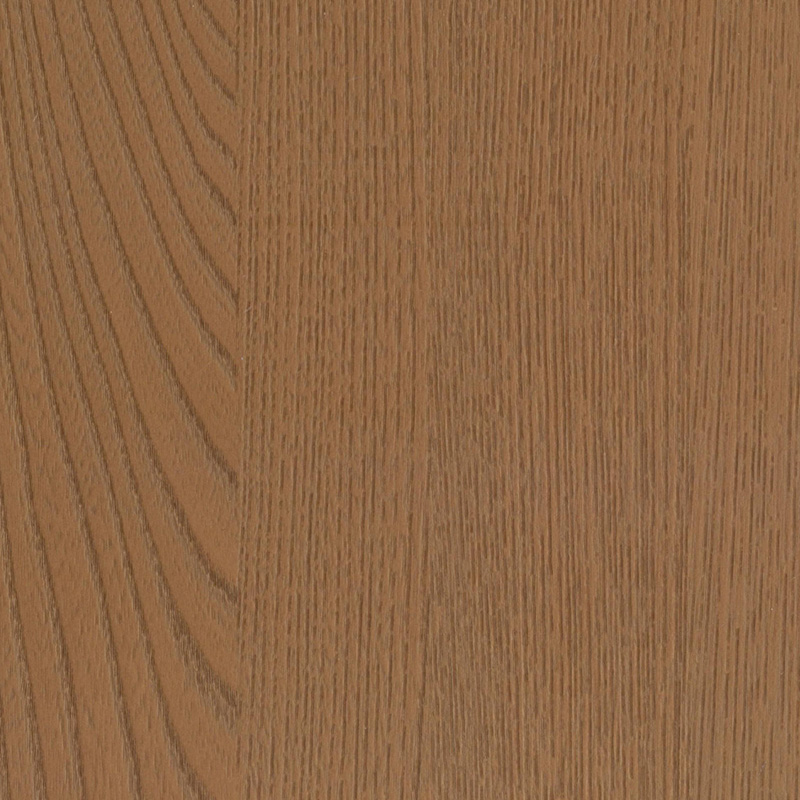Functions and Benefits of Dimpled Floor Insulation Membranes
A dimpled floor underfloor insulation membrane is a specialized construction material designed to improve energy efficiency and moisture control in flooring systems. It is commonly installed beneath flooring layers in both residential and commercial buildings, providing thermal insulation and helping to manage dampness from below-grade or concrete subfloors. Its unique dimpled design enhances ventilation and drainage, making it a practical component in modern construction and renovation projects.
This type of membrane typically consists of high-density polyethylene (HDPE), polypropylene, or other moisture-resistant polymers. The defining feature of the product is its dimpled or studded surface, which creates an air gap between the membrane and the subfloor. These dimples are strategically molded into the surface during manufacturing and serve multiple functions, including load distribution, moisture redirection, and insulation support.
Some variants of dimpled membranes are combined with insulating layers such as foam or reflective foil. These additions further enhance thermal resistance, reducing heat transfer from the interior space to the cold ground or vice versa.
One of the primary purposes of a dimpled underfloor membrane is to reduce heat loss through the floor. This insulation helps stabilize indoor temperatures and contributes to overall energy savings. In colder climates or ground-floor installations, this feature is particularly beneficial in maintaining comfort levels.
The dimpled design promotes airflow beneath the membrane, which helps to reduce condensation and manage moisture buildup. It acts as a barrier to prevent dampness from seeping up through concrete or soil-based floors, protecting interior materials like wood, laminate, or carpet from mold or mildew development.
The membrane provides a degree of cushioning that can help distribute loads across the floor more evenly. This is especially useful in areas with frequent foot traffic or where slight irregularities in the subfloor surface exist.
By creating a layer of insulation and reducing moisture, dimpled underfloor membranes contribute to a more stable and comfortable indoor environment. The insulation helps maintain even temperatures, while the moisture barrier supports healthier air quality.
Basements and Cellars: These areas often experience higher moisture levels due to their contact with the ground. Installing a dimpled insulation membrane can help protect against rising damp and improve thermal conditions.
Concrete Subfloors: In both new builds and renovations, these membranes are used beneath concrete to add a layer of protection before the finished flooring is installed.
Under Floating Floors: When used under laminate or engineered wood, the membrane helps maintain a dry and thermally regulated space.
Installing a dimpled floor underfloor insulation membrane involves cleaning the subfloor, laying the membrane with the dimples facing down, and overlapping edges to form a continuous barrier. Some systems may require taping seams or anchoring the material to ensure it stays in place during further construction steps. Flooring materials are then installed directly on top, often with an additional underlayment layer if required.
A dimpled floor underfloor insulation membrane is an effective solution for improving the performance of modern flooring systems. By combining insulation with moisture control and structural support, it offers a multi-functional approach to enhancing comfort, energy efficiency, and floor longevity. Its use in both new construction and refurbishment projects makes it a valuable choice in various building environments.

 English
English русский
русский Español
Español عربى
عربى Deutsch
Deutsch





